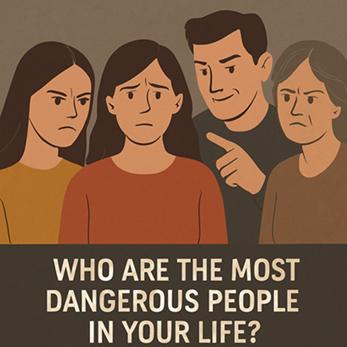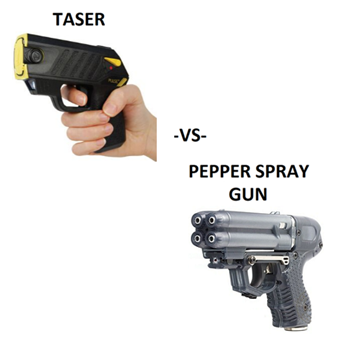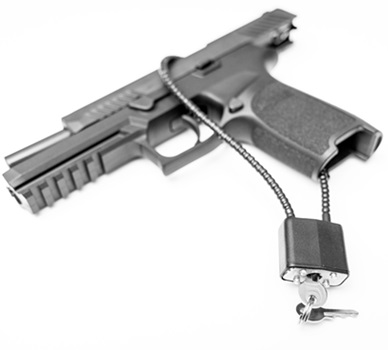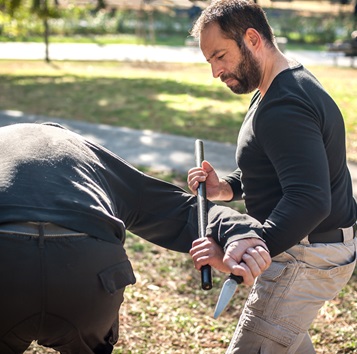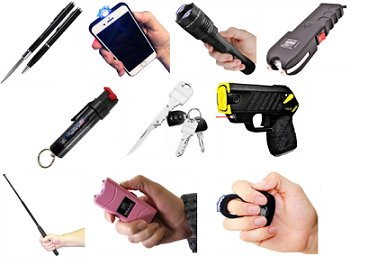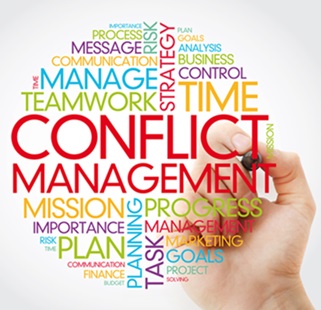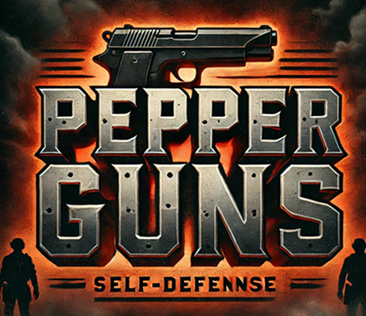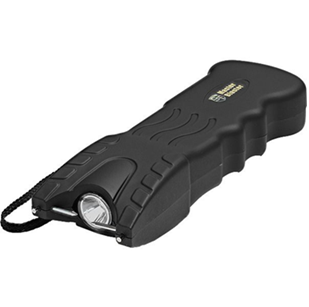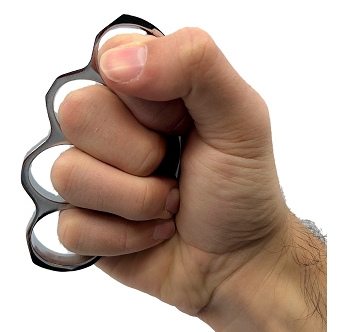The Good, the Bad, and the Ugly About Non-Lethal Weapons
 Non-lethal weapons have become a significant part of modern law enforcement and military strategies. These tools are designed to incapacitate individuals or groups while minimizing fatalities, long-term harm, and damage to property. As with any technology, they come with their own set of advantages and disadvantages. This article delves into the "Good," "Bad," and "Ugly" aspects of non-lethal weapons, providing a comprehensive understanding of their role and impact in society.
Non-lethal weapons have become a significant part of modern law enforcement and military strategies. These tools are designed to incapacitate individuals or groups while minimizing fatalities, long-term harm, and damage to property. As with any technology, they come with their own set of advantages and disadvantages. This article delves into the "Good," "Bad," and "Ugly" aspects of non-lethal weapons, providing a comprehensive understanding of their role and impact in society.
Introduction
Non-lethal weapons, also known as less-lethal or less-than-lethal weapons, include a variety of tools such as tasers, rubber bullets, pepper spray, pepper guns and sound cannons. These weapons aim to provide law enforcement and military personnel with options to control and de-escalate situations without resorting to lethal force. While the intention behind non-lethal weapons is to reduce the number of casualties and serious injuries, their deployment and effects are subjects of ongoing debate.
The Good
Reducing Fatalities
One of the primary advantages of non-lethal weapons is their potential to reduce fatalities in conflict situations. Unlike firearms, which can cause permanent and fatal injuries, non-lethal weapons are designed to temporarily incapacitate individuals. This makes them invaluable in situations where the objective is to maintain control without causing unnecessary loss of life.
- Examples:
- Tasers, which deliver an electric shock to disrupt muscle control.
- Rubber bullets, which can incapacitate individuals without penetrating the body.
Versatility in Various Situations
Non-lethal weapons are versatile and can be used in a range of situations, from crowd control to individual confrontations. Their adaptability makes them suitable for use in different scenarios without escalating violence.
- Examples:
- Pepper spray, used for crowd dispersal.
- Bean bag rounds, used to subdue individuals without lethal force.
Psychological Deterrence
The presence and potential use of non-lethal weapons can serve as a psychological deterrent. Individuals are often less likely to engage in violent behavior if they know that law enforcement has means to subdue them without causing death.
- Examples:
- Sound cannons, which emit painful noise levels to disperse crowds.
- Pepper spray, which can cause temporary blindness and respiratory discomfort.
Training and Safety
Law enforcement and military personnel receive extensive training on the use of non-lethal weapons, which helps in minimizing accidental injuries and ensuring that these tools are used appropriately. This training often includes scenarios that mimic real-life situations, allowing officers to practice restraint and judgment.
- Examples:
- Scenario-based training for taser deployment.
- Protocols for safe usage of pepper spray in urban environments.
The Bad
Potential for Misuse
Despite their intended purpose, non-lethal weapons can be misused, leading to serious injuries or even death. Improper training, excessive force, or inappropriate use can turn a non-lethal weapon into a potentially deadly one.
- Examples:
- Excessive use of tasers, leading to cardiac arrest.
- Close-range deployment of rubber bullets, causing severe trauma.
Health Risks and Injuries
Even when used correctly, non-lethal weapons can cause significant injuries and health risks. Individuals with pre-existing health conditions or those subjected to excessive force can suffer serious consequences.
- Examples:
- Asthma attacks triggered by pepper spray exposure.
- Permanent eye damage from rubber bullets.
Public Perception and Trust Issues
The use of non-lethal weapons by law enforcement can sometimes damage public trust, especially if their use is perceived as excessive or unwarranted. This can lead to increased tension between the community and law enforcement agencies.
- Examples:
- Protests escalating due to perceived overuse of pepper spray.
- Public outcry over injuries caused by tasers.
Limited Effectiveness in Certain Situations
Non-lethal weapons are not always effective, particularly in high-stress or highly aggressive situations. Factors such as drug use, mental health issues, and extreme physical aggression can limit the effectiveness of these tools.
- Examples:
- Individuals under the influence of drugs may not be incapacitated by tasers.
- Highly motivated or aggressive individuals may not be deterred by rubber bullets.
The Ugly
Ethical and Moral Concerns
The use of non-lethal weapons raises significant ethical and moral questions. The potential for abuse, the impact on vulnerable populations, and the long-term physical and psychological effects on individuals are all areas of concern.
- Examples:
- Ethical dilemmas in using pepper spray on peaceful protesters.
- Moral questions about the deployment of sound cannons in densely populated areas.
Escalation of Force
The availability of non-lethal weapons can sometimes lead to an escalation of force, where law enforcement officers might resort to these tools more readily than necessary. This can result in situations that might have been resolved peacefully becoming more violent.
- Examples:
- Law enforcement using tasers in situations where verbal negotiation might suffice.
- Over-reliance on rubber bullets during protests, leading to increased injuries.
Long-Term Consequences
The long-term physical and psychological effects of non-lethal weapons are not fully understood. Individuals subjected to these weapons can suffer from chronic pain, PTSD, and other lasting health issues.
- Examples:
- Chronic pain resulting from taser shocks.
- PTSD in individuals exposed to repeated use of pepper spray during protests.
Legal and Accountability Issues
The use of non-lethal weapons often falls into a legal grey area, with varying regulations and accountability measures across different regions. This can make it challenging to hold law enforcement and military personnel accountable for misuse or abuse.
- Examples:
- Inconsistent regulations on the use of rubber bullets across different states.
- Legal challenges in prosecuting excessive use of force with non-lethal weapons.
Conclusion
Non-lethal weapons are a double-edged sword, offering significant benefits in reducing fatalities and providing versatile tools for law enforcement and military personnel. However, they also come with substantial risks, including potential misuse, health risks, and ethical concerns. To maximize the benefits and minimize the drawbacks, it is crucial to ensure proper training, clear regulations, and accountability mechanisms are in place. By doing so, society can better navigate the complex landscape of non-lethal weapons, striving for a balance between maintaining order and protecting human rights.
Comments
Company Info
Customer Service
Product Information
- TASER® and Stun Devices Regulations by State
- TASER® Safe Escape Product Replacement Guarantee
- TASER® Comparison Chart
- TASER® User Manuals
- TASER® Warranty Info
- Byrna Product Catalog
- PepperBall Manuals & Spec Sheets
- Pepper Spray Laws
- Air Gun Laws
- States that Restrict Automatic and Butterfly Knives
- Our Print Catalog

























